Why is minimalism so popular? Is it legit, or just an empty trend?
As a practising minimalist, admittedly, I’ve grappled with the “trendiness” of the movement. But even then, it’s easy to see why minimalist living has become mainstream.
This article will explore the origins of minimalism and how it has evolved through different eras.
Then we get into the 10 reasons why people are drawn to minimalism and why it’s becoming more popular every day.
When did minimalism become popular? Ancient origins
The roots of minimalism can be traced back to ancient Greece and Rome.
Lucius Annaeus Seneca, also known as Seneca the Younger, was a Roman philosopher, playwright, and statesman. He is best known for his essays and letters written in Latin.
Seneca was a minimalist who believed in living a simple, purposeful life. He argued that material possessions are not essential for happiness and satisfaction.
He believed that they often get in the way of our goals and aspirations.
“Until we have begun to go without them, we fail to realise how unnecessary many things are. We’ve been using them not because we needed them but because we had them.”
— Seneca
Seneca’s teachings have been embraced by minimalists all over the world.
Buddhism is another philosophy that has influenced the modern minimalist movement.
It was born in India in the 5th and 6th centuries and moved to China, Tibet, Korea, Japan, and eventually reached Western countries like America.
Buddhism teaches us that happiness can be found in simplicity.
It encourages us to live in the moment and not dwell on the past or worry about the future.
Buddhism also teaches us that material possessions are just a temporary source of pleasure. They don’t bring lasting happiness or fulfilment into our lives.
“The less you have, the less you have to worry about.”
― Buddha
This mindset carried over into the Renaissance period, where simplicity was seen as a way to express elegance.
However, minimalism didn’t really take off until the 20th century, when artists like Donald Judd and John Cage started experimenting with the concept.
They believed that by removing all excess elements, you could create a more meaningful and fulfilling life.
It took a while for minimalism to catch on, but it eventually started to gain traction — which leads us to the current times.
Let’s transition to why minimalism is popular today.
10 reasons why is minimalism so popular
Here are the primary reasons why minimalism is becoming increasingly popular and can develop into a method or approach for living with greater intentionality.
1. We have crippling levels of stuff
The everyday household is drowning in things (over 300,000 items on average!). Not only does this create clutter and chaos, but it also creates stress.
Studies have shown that the more stuff we have, the more stressed we are. Our brain is constantly trying to figure out where to put everything and organise it all.
Read more: The Negative Effects of Clutter: Backed By Science
The idea of reducing our belongings to just the essentials is very appealing to many people. Not only does it simplify our lives and reduce anxieties, but it also gives us more time to focus on the things that really matter.
2. Growing concerns about the environmental cost of excessive consumerism
It’s no secret that the planet is in crisis. Every day, we hear about another species going extinct, another natural resource being depleted, and another waterway or forest on fire.

It seems like there’s nowhere to go but down. And yet people are trying desperately to find a way out of this mess: by living more simply and sustainably with less stuff.
Minimalism cuts down on excess consumption and helps reduce our carbon footprint by reducing the amount of stuff we buy or throw away. It also means living with less clutter, which frees up time for other activities like gardening or volunteering at your local food bank.
Read more: 10 Simple Steps To Get Started With Eco-Minimalism
3. Japanese culture
Japanese culture is based on a strong sense of community and togetherness. Everyone pitches in and helps each other out, which means that people don’t rely on material things to make them happy.
Japan has historically had a lack of natural resources compared to its population. As such, the Japanese developed a culture known for its aesthetic beauty, cleanliness and simplicity.
The word “wabi-sabi” is used to describe this lifestyle which includes taking care of what you have by using it until it breaks down naturally. This philosophy is seen in their architecture, like the use of wood that would rot over time or having doors that are never closed but instead folded back into the walls when not in use. It is also seen in their cuisine, which focuses on fresh ingredients and minimal seasoning.
This way of living was then adopted by Western cultures, who started incorporating these principles into their own lifestyles through architectural designs like Frank Lloyd Wright’s Fallingwater House or the work of Danish designer Arne Jacobsen.
In recent years, there has been a resurgence in Japanese minimalism with designers like Naoto Fukasawa and Kenya Hara, who continue to push the boundaries of what is possible.
4. Nordic culture
Nordic countries like Sweden, Norway and Denmark have influenced minimalist living worldwide.
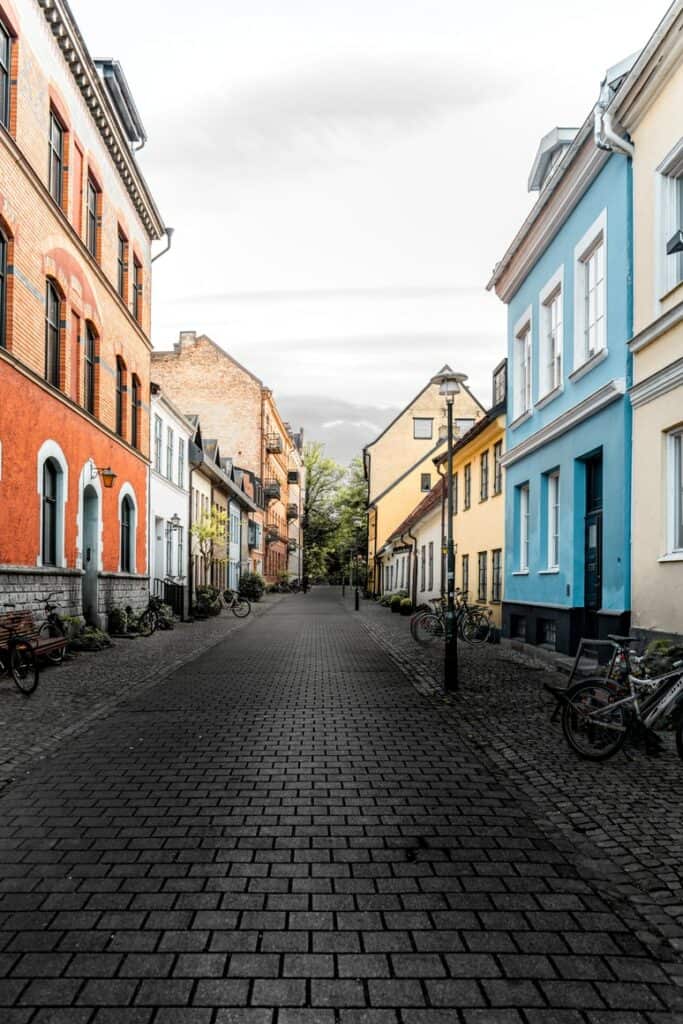
Nordic culture is oriented towards the outdoors rather than material goods. Nordic people are also known for their design aesthetic, emphasising simplicity and functionality.
In addition to designing furniture, Scandinavian architects such as Hans Brattrud and Alvar Aalto made a lasting impression on architecture in general by incorporating natural materials into their constructions and designing buildings that blend into their surroundings.
Scandinavian minimalism has been adopted by many designers worldwide because it reflects an optimistic outlook on life: we should live with what we need and nothing more.
5. Desire for enriching experiences over things
There’s a growing trend to seek memorable experiences over physical objects.
According to a study by Expedia, 74 per cent of Americans prioritise experiences over possessions. Baby Boomers are entering a phase in their lives where “less is more”, while younger generations are leading the charge with experience-led values.

In the past, it was common for people to save up for years before affording things like overseas travel or property. In contrast, now it’s far more accessible, and there are so many ways you can experience these things without spending a lot of money.
This is partly due to the growth of minimalism; people are realising that you don’t need lots of material possessions to be happy and that these things can often get in the way. Instead, people are choosing to invest their time and money in experiences that will stay with them forever.
Examples of this include travelling, taking on adventurous hikes or attending festivals. All of these things are far more meaningful than owning the latest phone model or having a fancy car, and they often cost less too!
Read more: A Minimalists Guide To Gifting Experiences (90+ Ideas)
6. Marie Kondo sparking joy in homes worldwide
Marie Kondo has been instrumental in the adoption of minimalism.
Her best-selling book, The Life-Changing Magic of Tidying Up, initially released in 2010, inspired a movement of tidying, decluttering and organising.
Marie’s success led to a Netflix TV series and further pushed her approach to tidying up to the mainstream. Her KonMari Method of decluttering is based on sparking joy in your belongings. If an item doesn’t bring you happiness, it’s time to let it go.
Kondo’s work has birthed viral memes like “Does this item spark joy?” And “I’m going to Marie Kondo, my house.”
Thanks to Kondo, the art of decluttering is no longer seen as a daunting task — it’s something that can be done one step at a time and can completely change your life for the better.
7. Financial freedom
Minimalism is a lifestyle that can achieve various goals, one of which is financial security. When you have less stuff, you need less money to maintain that stuff. This can free up more cash flow each month, which can be put towards debt repayment or savings.
In addition, when you live a minimalist lifestyle, you’re forced to focus on what is important to you. This can help you get rid of unnecessary expenses and make smarter choices about spending your money.
For example, rather than spending money on a new outfit for every occasion, you might invest in a few high-quality pieces that will last for years. Or, instead of going out to eat all the time, you might learn how to cook simple, affordable meals at home.
Ultimately, minimalism can help you get out of debt and work towards financial freedom. My wife and I used the concepts of minimalism to clear $20,000 in debt in 6 months.
You also have the Financial Independence and Retire Early (FIRE) community that has no problem living well below their means in the short-term to aggressively invest their savings so they can retire and live off their returns.
8. Tiny living
Many people are embracing a lifestyle that involves living with fewer things. Tiny living, including the increased accessibility to tiny houses, van life and nomadism, have inspired this trend.
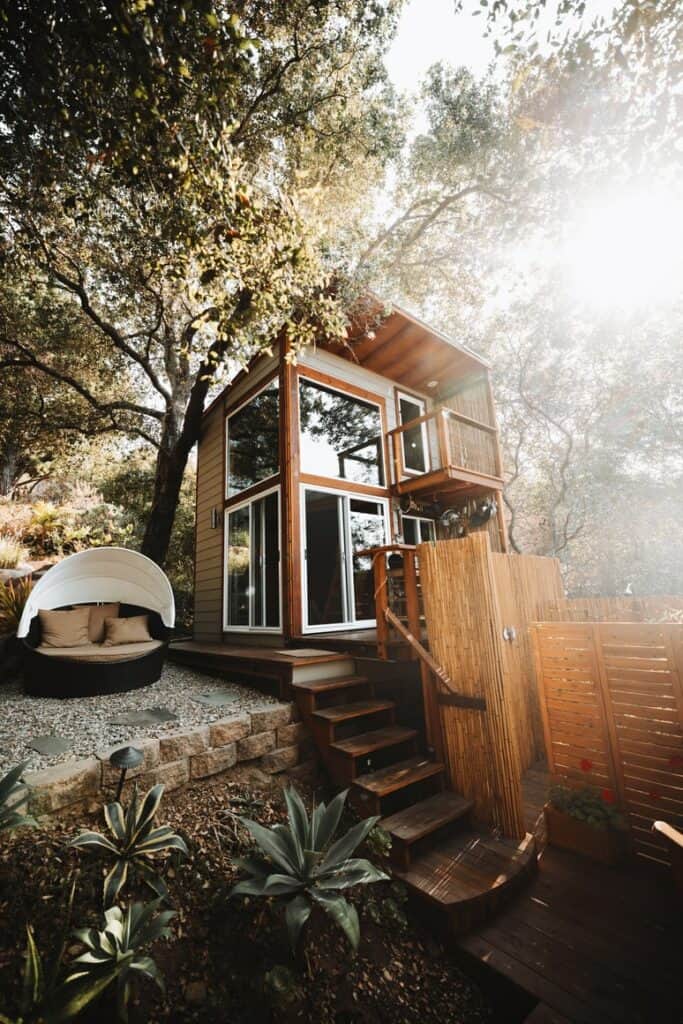
The simplicity and cost-effectiveness of these lifestyles have made them appealing to more people looking for ways to be more agile and reduce their carbon footprint without sacrificing their quality of life.
9. Design
Aesthetic preferences are constantly evolving. A few decades ago, everything was about bright colours and busy patterns. Nowadays, people prefer clean designs with only a few elements at any given time.
What’s driving this change? Minimalism, at least partly.
I’m clearly biased. But minimalist design is more aesthetically pleasing than other styles because it allows our eyes to focus quickly on what we’re most interested in viewing.
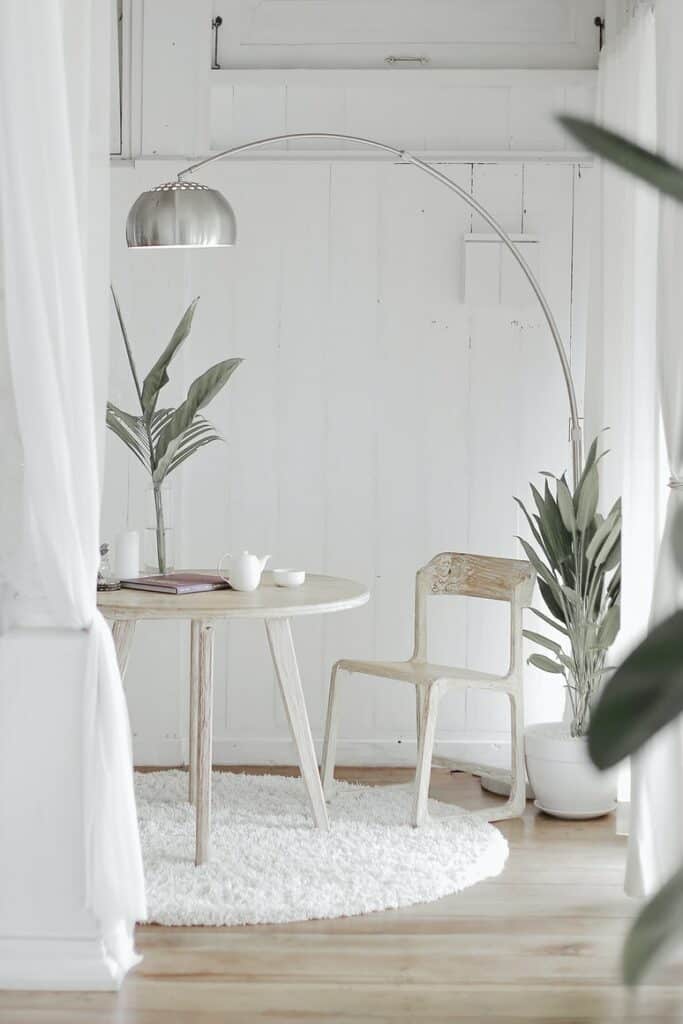
It can also be more effective than busier or cluttered designs because it’s easier to find what you’re looking for among less clutter that competes for your attention.
Additionally, minimalist design is more timeless. For instance, plain white sneakers or a simple dress will age well in your clothing rotation, no matter the hottest fashion trends.

Lastly, the popularity of minimalist design has increased over time as people have become accustomed to using computers and smartphones for various tasks, including work, entertainment, and communication.
We’ve become familiar with navigating digital products through their interfaces, and minimalism helps us focus on what matters most on the screen. This leads us to the last and the most critical point on this list.
10. The Internet
The internet is the main factor in contributing to why is minimalism so popular.
Social media influencers and bloggers (I suppose I’m one of them) post about their experiences with minimalism on sites such as Instagram, Youtube and Facebook. They share tips on how they got into being a minimalist, what kind of reactions they had from family and friends when they started living this way and what benefits they have seen from living with less.
This inspires others to try it out for themselves and share the same experiences as they see online.

The internet also creates a sense of community, making it easier for people to interact with others on a similar path towards minimalism.
Minimalism is not only about having less stuff; it’s also about creating a life that aligns with your values and supports your happiness. What better place to learn more about it than the internet, where you may get information from all corners of the globe?
All the reasons mentioned on this list have been changed because of the internet.
Is minimalism here to stay?
Why is Minimalism so popular, for a reason: it can help you live a simpler, more fulfilling life.
The internet, social media influencers and bloggers have helped spread the word about why minimalism can be so beneficial in helping you live your life on your own terms while still supporting your goals.
I’ve outlined 10 reasons why minimalist living is rising, and I believe this trend is here to stay. What do you think?


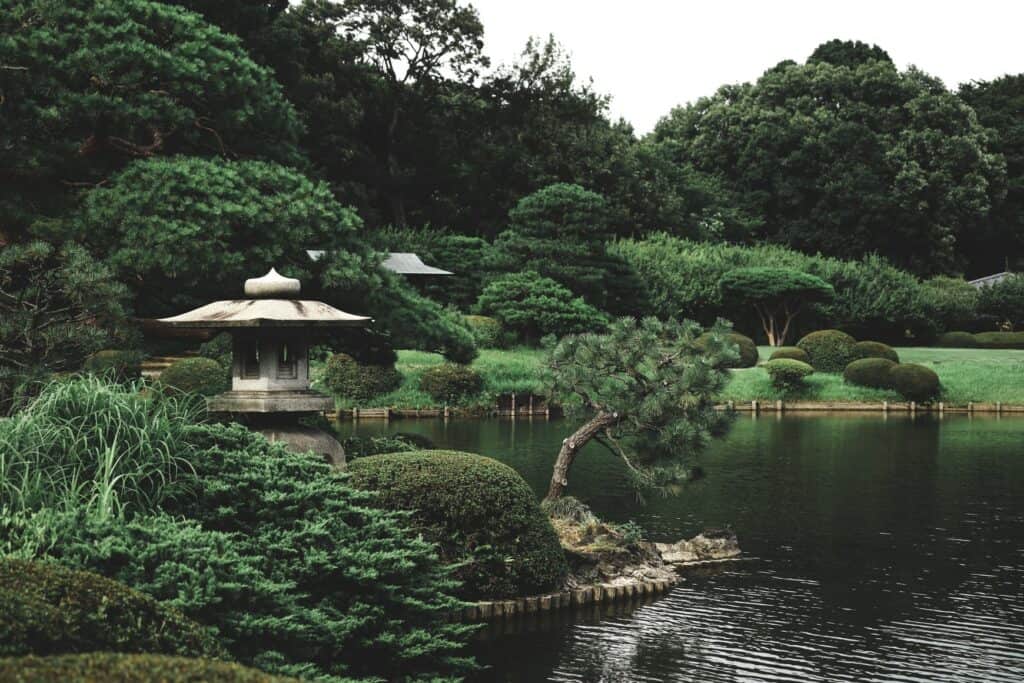

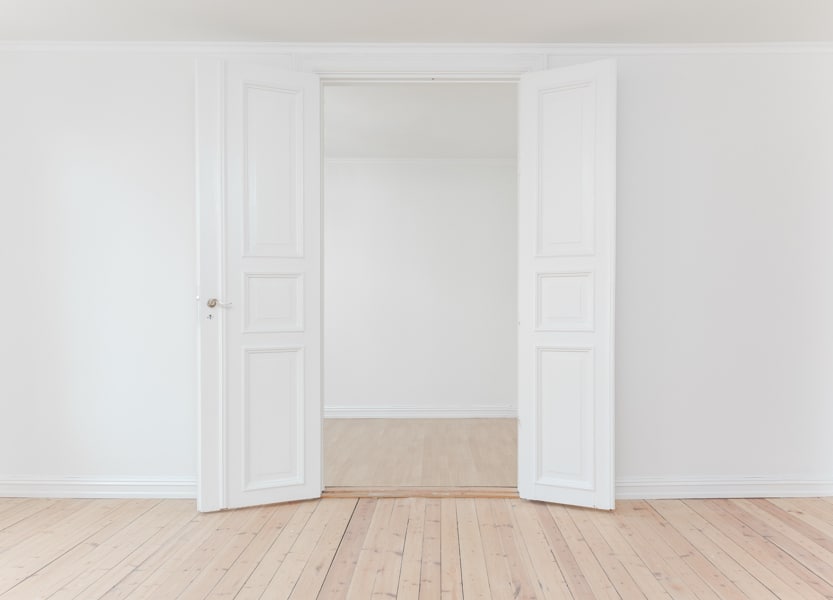

I think living with less is here to stay and that is a positive direction. For me, minimalism is too extreme. America is become a culture of extremes and I find this to be a good example of an extreme reaction to the notion of living with less. It is the opposite extreme from the materialistic lifestyle in the 80s. Living with thoughtful balance is what makes most sense in my life.
Hi I really appreciate your blog posts and past recipes and continually strive to live a minimalist lifestyle. I’ve been studying Seneca and other stoics who really inspire consciousness in consumption and specifically the deliberate contemplation of the lifecycle of an investment, whether it is time, energy, food, clothing, housing, or emotions. That’s why I was surprised to see this image choice in your blog post and wondered if this was indeed your decision to include it in the paragraph referencing the origins of minimalism in the Stoic and Buddhist philosophies, or if it was added by your web host.
I don’t know if I can attach the image but it features a Buddhist Monk contemplating beautiful mountain scenery with a plastic water bottle by his side. It is a little disconcerting to see, followed in the text by #2 – the environmental costs of excessive consumerism. Or maybe you were being ironic.
I appreciate the entire post and think that when minimalism is a choice, it feels incredibly liberating for those who are able to eschew the stuff and invest in a few high quality necessities. Depending on their family, career choice, and social stature, it can be challenging explaining themselves to others who are caught up in the conspicuous consumer cog.
It is entirely different for the millions who are living minimally because that’s all they have and when/if they have the option to splurge on something, it helps them feel “successful” and “normal”, at least in the US, whose economy is based on people buying “stuff.”
Thanks again for your post and I hope to hear back regarding the image and the rationale for its use.
Cheers,
Lisa
Hi Lisa, thanks for taking the time to share your thoughts on the post.
The image selected was an oversight on our end, and it has been removed. I appreciate your feedback!
And agreed. Minimalism is a totally different experience when comparing it with those that choose to live minimally with those who don’t have a choice.